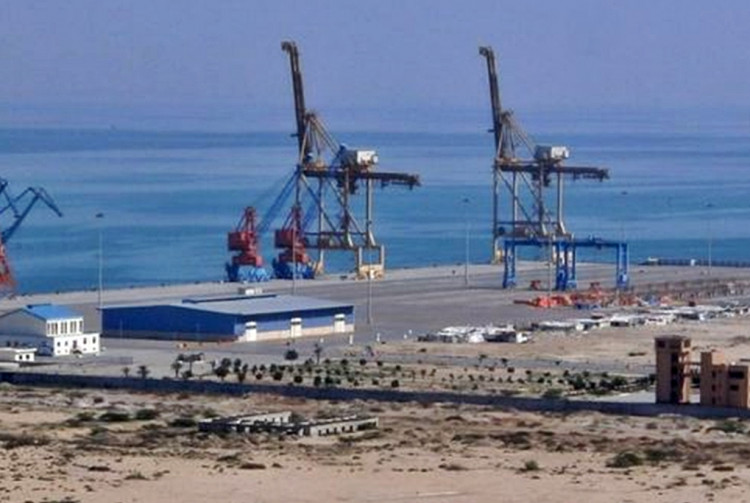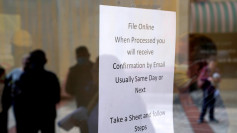Pakistan's hobbled economy is in more of an economic mess than it appears. The government of newly installed Prime Minister Imran Khan stunned Pakistanis by announcing a decline in all the government's major macroeconomic targets.
Even more stunning, Islamabad lowered the country's GDP growth estimate to around 5.2 percent this year from the original target of 6.2 percent. It said a dearth of funds (for which it is in talks with the International Monetary Fund (IMF) for a loan), and low outputs in agriculture and manufacturing are among the reasons for the faster than an anticipated slowdown of the economy.
Economists said the deceleration of Pakistan's economy for the first time in six years will negatively impact job growth and the quality of life among Pakistanis.
In the fiscal year 2016 to 2017 (July 1, 2016, to June 30, 2017), the economy grew at 5.8 percent -- the highest in 13 years.
The agriculture sector this fiscal year is expected to grow at some three percent as against the original target of 3.8 percent. Industrial output is now estimated at 5.8 percent compared to the original target of 7.6 percent.
Financial analysts said the growth of Pakistan's services sector, which contributes over 60% to the country's total GDP, should decelerate to 5.7 percent.
The government also increased its estimate for inflation to its 6.5 percent, which is in line with a similar estimate by the Asian Development Bank (ADB). Analysts said the spike in inflation was triggered by the devaluation of the Pakistani rupee; interest rates hikes and the imposition of new taxes.
The Pakistani rupee has had a particularly bad year, having been devalued four times this year. It experienced its worst fall ever against the U.S. dollar during the week of July 15. It sank to a historic low of 128.75 to the dollar during the week of July 15. The Pakistani rupee has fallen 21 percent relative to the dollar from Dec. 8, 2017, to July 15.
The State Bank of Pakistan (SBP), the central bank, on Sept. 29 increased its main interest rate by 100 basis points to 8.5 percent for the next two months. It blamed rising inflation and economic worries over the large fiscal and current account deficits for the rate hike. The government projects a current account deficit of around 4.9 percent of GDP or nearly $14 billion.
SBP said concerns on the economic front continue to persist on the back of rising inflation and large twin deficits. These concerns will likely to compromise the sustainability of the country's high real economic growth path.
The worsening current account deficit almost ensures Pakistan will seek another bailout from the IMF. Pakistan on Sept. 27 shared these revised growth estimates and other macroeconomic indicators with an IMF staff-level delegation visiting the country for week-long talks that might lead to a new bailout.
Economists said the IMF staff-level visit might be a prelude to formal bailout talks, but Islamabad has strenuously denied it wants another bailout package from the IMF to deal with its ballooning current account deficit.






